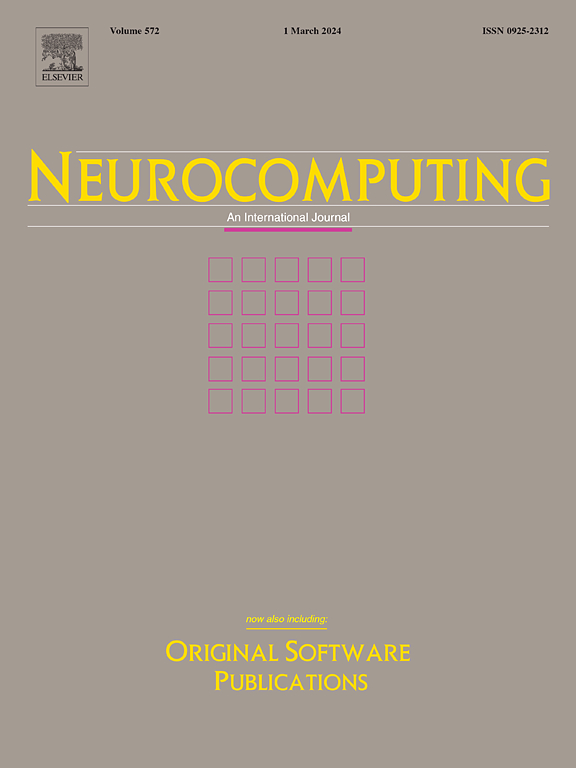FourierLoss: Shape-aware loss function with Fourier descriptors
IF 5.5
2区 计算机科学
Q1 COMPUTER SCIENCE, ARTIFICIAL INTELLIGENCE
引用次数: 0
Abstract
Encoder–decoder networks are commonly used for medical image segmentation tasks. When they are trained with a standard loss function, these networks are not explicitly enforced to preserve the shape integrity of an object in an image. However, this ability of the network is important to obtain more accurate results, especially when there is a low-contrast difference between the object and its surroundings. To respond this issue, this work introduces a new shape-aware loss function, which we name FourierLoss. This loss function relies on quantifying the shape dissimilarity between the ground truth and the predicted segmentation maps through the Fourier descriptors calculated on the objects of these maps, and penalizing this dissimilarity in network training. Different than the previous studies, FourierLoss offers an adaptive loss function with trainable hyperparameters that control the importance of the level of the shape details that the network is enforced to learn in the training process. This control is achieved by the proposed adaptive loss update mechanism, which end-to-end learns the hyperparameters simultaneously with the network weights by backpropagation. As a result of using this mechanism, the network can dynamically change its attention from learning the general outline of an object to learning the details of its contour points, or vice versa, in different training epochs. Working on two different datasets, our experiments revealed that the proposed adaptive shape-aware loss function led to statistically significantly better results for liver segmentation, compared to its counterparts.
具有傅里叶描述符的形状感知损失函数
编码器-解码器网络通常用于医学图像分割任务。当它们用标准损失函数训练时,这些网络没有明确地强制保持图像中物体的形状完整性。然而,网络的这种能力对于获得更准确的结果非常重要,特别是当物体与其周围环境之间存在低对比度差异时。为了解决这个问题,这项工作引入了一个新的形状感知损失函数,我们将其命名为FourierLoss。该损失函数依赖于通过在这些图的对象上计算的傅立叶描述子来量化真实图和预测分割图之间的形状不相似性,并在网络训练中惩罚这种不相似性。与之前的研究不同,FourierLoss提供了一个具有可训练超参数的自适应损失函数,该函数控制网络在训练过程中强制学习的形状细节级别的重要性。这种控制是通过提出的自适应损失更新机制来实现的,该机制通过反向传播同时学习网络权值和超参数。利用这一机制,在不同的训练时段,网络可以动态地将注意力从学习物体的总体轮廓转变为学习物体轮廓点的细节,反之亦然。在两个不同的数据集上,我们的实验表明,与同类方法相比,所提出的自适应形状感知损失函数在肝脏分割方面的结果显著更好。
本文章由计算机程序翻译,如有差异,请以英文原文为准。
求助全文
约1分钟内获得全文
求助全文
来源期刊

Neurocomputing
工程技术-计算机:人工智能
CiteScore
13.10
自引率
10.00%
发文量
1382
审稿时长
70 days
期刊介绍:
Neurocomputing publishes articles describing recent fundamental contributions in the field of neurocomputing. Neurocomputing theory, practice and applications are the essential topics being covered.
 求助内容:
求助内容: 应助结果提醒方式:
应助结果提醒方式:


